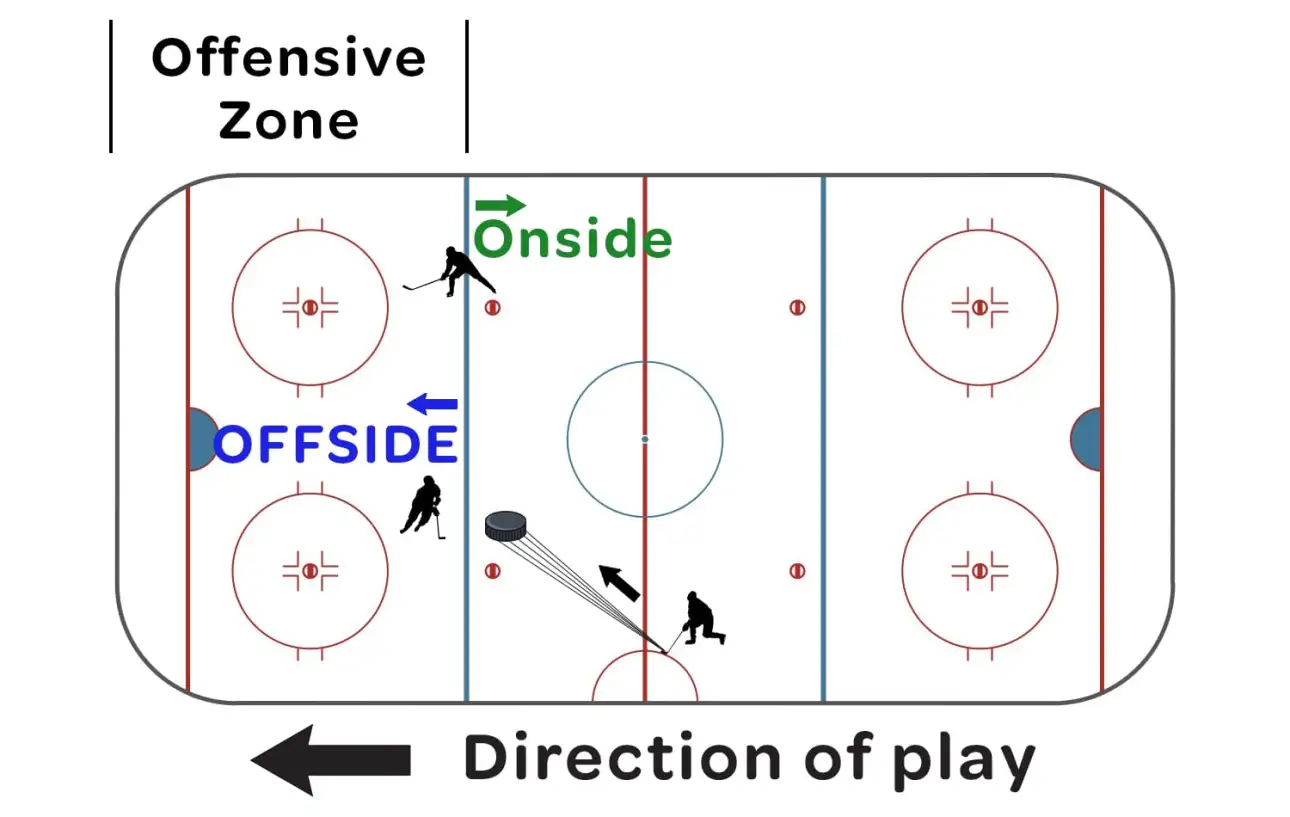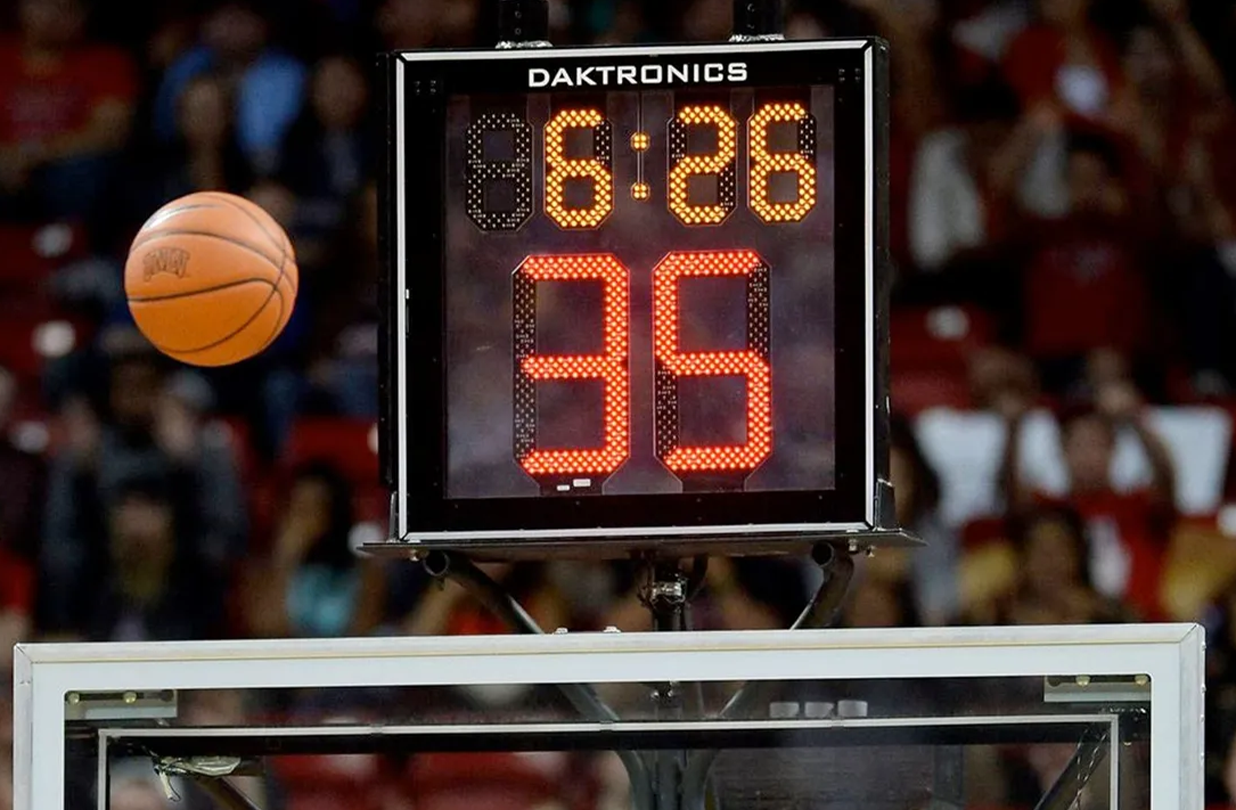Ice hockey is a fast-paced sport where understanding certain rules is crucial for both players and fans. One such rule is the offside, which ensures fair play and maintains the game’s flow. In ice hockey, a play is considered offside when an attacking player enters the offensive zone before the puck crosses the blue line. This means both of the player’s skates must be completely over the blue line ahead of the puck for an offside violation to occur.
The rationale behind the offside rule is to prevent players from “cherry-picking” or lingering near the opponent’s goal awaiting a pass, which would undermine the game’s integrity and strategic depth. When an offside infraction occurs, play is stopped, and a face-off is conducted in the neutral zone, giving the defending team an opportunity to regroup. This rule compels teams to coordinate their movements effectively, promoting skillful puck handling and strategic plays.
Understanding the offside rule enhances one’s appreciation of ice hockey’s strategic nuances. It highlights the importance of timing and positioning, as players must be vigilant about their placement relative to the puck and the blue line. For fans and newcomers, grasping this rule demystifies many stoppages in play and enriches the viewing experience, allowing for a deeper connection with the sport’s dynamic rhythm.






